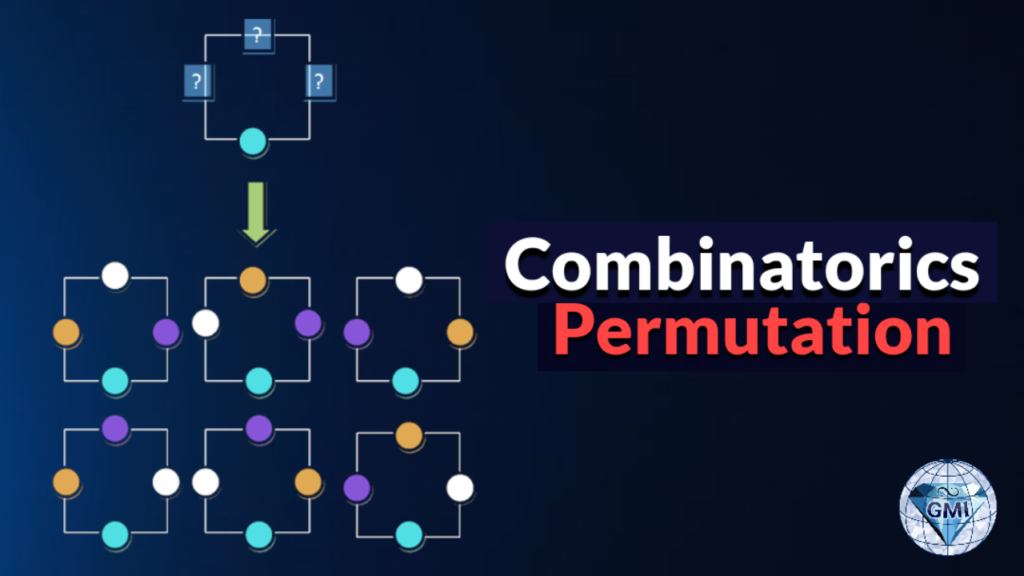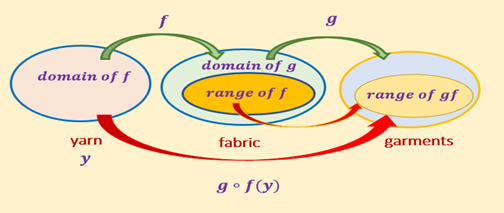Requirements
- Discuss with Anil Kumar for monthly plan. Share your curriculum and course material along with objectives to study from us. Parents permission is required for all students under the age of 18 years to join our courses.
Features
- Grade 7 New Ontario Curriculum Extended to Bridge the Gaps
- Build Critical Thinking and Problem-Solving Skills
- Develop Infographics and Strategy to Solve Real-Life Problems
- Future Ready to be Competent and Successful
Target audiences
- Eager to learn. Age is not the criteria. We can find the right plan for you.
Course Overview
Grade 7 Math Overview
Course Overview
Grade 7 Math includes introduction to Scientific Notation and Infographics. Students will relate concepts of decimals, ratios, rates, percent, exponents, combined with simple interest to solve real life problems and take informed decision financially. They will get ready for Middle school as some extended algebraic skill will be part of our focus. Measurements and representation of data will be integrated for better spatial sense and communication. Introduction to scientific notation is helpful for students taking advanced GCSE courses.
Reference videos are provided for basic support. For additional guidance contact Anil Kumar.
Engaging Minds Creatively is our holistic approach for development and application of social-emotional learning skills for strong foundation, stability, and continual growth.
We offer learning which supports creativity, problem solving, grasping new concepts, and applying them in daily life. With a blend of formal and informal learning we provide an environment that supports students’ natural curiosity, overcoming anxiety, to build confidence and develop critical thinking skills.
Our programs are highly interactive and designed for students globally.
Overall Expectations
- Build relations and communicate effectively
- Respect others and develop self-esteem
- Maintain positive motivation and perseverance
- Think critically and creatively with logical reasoning
- Apply mathematical skills in relating things around
NUMBERS: Integers and Rational Numbers
- Introduction to Scientific Notation to represent vey large or very small numbers
- Apply the laws of exponents to provide mental calculations with big numbers
- Work on problems relating stars and planets
- Use concepts of LCM and GCF in solving problems
- Apply concepts of prime factorization to find the perfect squares
- Apply divisibility rule to relate numbers
- Understand Pythagorean Triples and solve right triangles
- Use properties of order of operations to simplify expressions involving decimal, fractions and exponents
- Estimate solutions by rounding and skills learned
ALGEBRA: Concept of variables and their applications
- Provide explicit rule and predict terms for various linear and non-linear patters
- Demonstrate an understanding of variables, expressions, equations and inequalities, and apply this understanding in solving real life situations
- Model situations and apply skills learned to find strategic solutions for Distance-Speed-Time, Age, and Mixture related Word Problems
- Demonstrate skills to apply Unitary Method for rate problems
- UMCL approach for problem solving is an effective technique to practice at this level
DATA: Manage, analyse, and use data to communicate effectively
- Understand various sampling techniques and concept of bias
- Organise raw data to represent in different graphical forms and interpret logically
- Create infographics about a data set, representing the data in appropriate way, including table, line graph, circle graph and bar graph to explain the scenario.
- Extrapolate and interpolate information from the given data set
- Understand the impact of adding or removing data from data set on measure of centra tendency, and describe how these changes alter the shape and distribution of the presentation.
- Research and collect data to present the understanding of the concepts learned.
PROBABILITY: Chance of Events and Outcome
- Describe difference between independent and dependent events giving example
- Analyse theoretical and experimental probability of independent events
- Make predictions based of probability one or more events
- Describe likelihood of the event and use that information to make prediction
SPATIAL SENSE: GEOMETRIC REASONING
- Describe and classify cylinders, cone, prism, pyramids, according to their geometrical properties.
- Construction of angles, parallel/perpendicular lines, triangles and quadrilaterals
- Drawing Front, Side and Top View of Three dimensional objects
SPATIAL SENSE: LOCATION and MOVEMENT
- Perform dilation and describe similarity between the object and image
- Perform Translations, Reflection, and Rotation in Cartesian Plane
SPATIAL SENSE: MEASUREMENTS
- Describe the difference and similarity between volume and capacity
- Convert the volume units and solve problems
- Compare angles and solve related problems
- Area and Perimeter of two-dimensional composite shapes
- Calculate surface area of objects by drawing nets
FINANCIAL LITERACY: Appreciate value of money and apply mathematical concepts to think critically about it
- Identify and compare exchange rates and convert foreign currencies
- Work with percent change, discount, profit word problems
- Understand power of saving by calculating interest earned
- Apply the concept of percent and ratio to solve economy-based problems
- Explain how the change in interest rate can affect the savings or loans in our normal life.
PROJECT & ASSIGNMENT: Apply skills acquired to demonstrate critical thinking and problem solving
- Optimization of material cost and use concept of nets to find surface area
- Create, track, and adjust sample budgets designed to meet long-term goals
- Research on topic of interest and present information showing the application of skills learned
OBJECTIVE
Engage students build a foundation in Maths to be future ready and successful.
PRERQUISITE
- Understand order of operations and working with fractions
- Take a Quiz LINK: MIDLE SCHOOL TEST
Pricing
- Monthly cost of the course ‘Grade 7 Math’ is given for individual one-to-one sessions. There will be 4 classes per month. Flexible scheduled will be mutually discussed.
- Group classes are sometimes offered. You may check the website for Popular Group Math Programs.
- Fast Track program is available on request. We can prepare the students for an exam in limited time. You may fill the Registration Form and discuss the possibilities.
FAQs
Policy for Refund of Registration Fees.
Students can drop in the first 30 minutes of the class and take the full refund. The class will then start after a break of 5 minutes for the next 30 minutes. No refund for the course will be given if the student continues to attend the first class beyond half-time.
How do we teach and is it worth taking the course?
You are the best person to answer this question. Internet is full of knowledge and there are many options open for you. Explore and then decide. We have provided links for few videos related to the course ‘Grade 7 Math’. They may help you to take a decision in our favour.
Check the list of Sample Reference Videos to get an idea about our classes
Course Content
- Critical Thinking and Problem Solving
- Scientific Notation
- Prime Factorization, Factors and Multiples
- All Prime Number Less Than 100
- Product of Above Prime Numbers
- Divisibility Rules
- Divisibility Rule for 7
- Divisibility Test
- Square root without calculator
- Introduction to Square Root
- Square Root by Prime Factorization
- Square Root by Euclidean Division
- Power Pattern
- Laws of Exponents
- Add and Subtract
- Examples
- Insert Brackets
- 5 Digit Number Challenge
- Pythagorean Theorem Proof
- Unitary Method for Problem Solving
- Ratio and Proportions
- Rates Application
- Word Problems
- Divide by Decimals
- APPLICATION and MODEL
- Algebraic Expressions and Applications.
- Test Percent, Rate, Ratio
- Unit Conversion
- Problems Set Distance, Speed-Time
- Train Problems Distance, Speed-Time
- Miscellaneous Word Problems
- Age Related Problems





